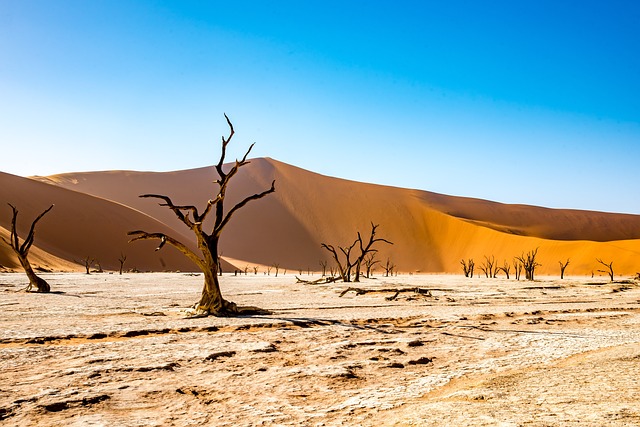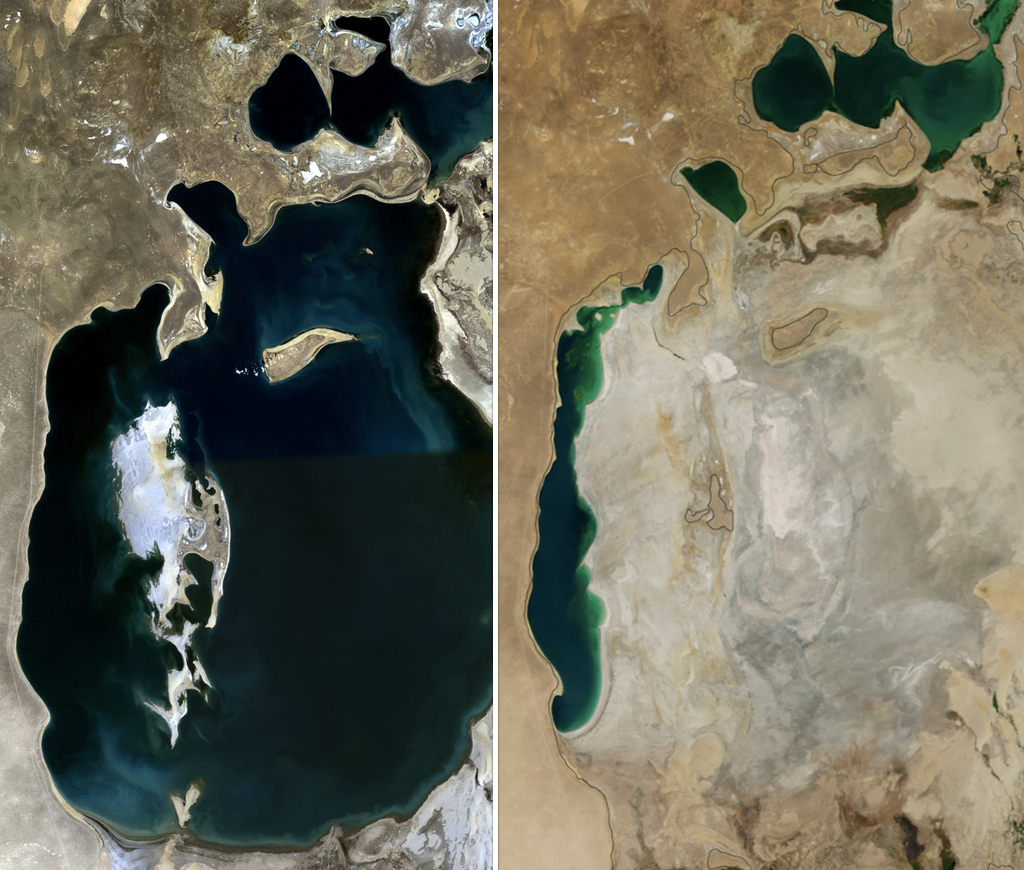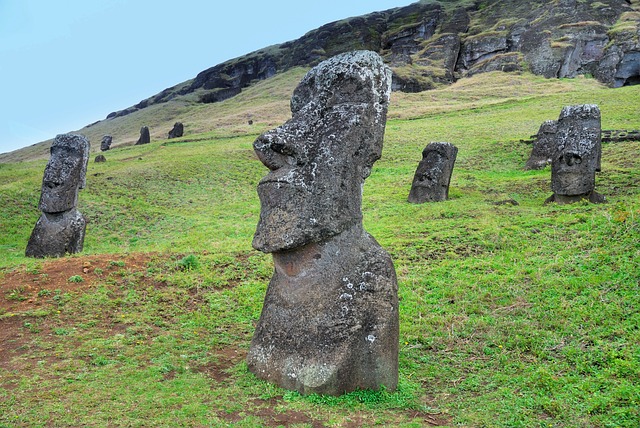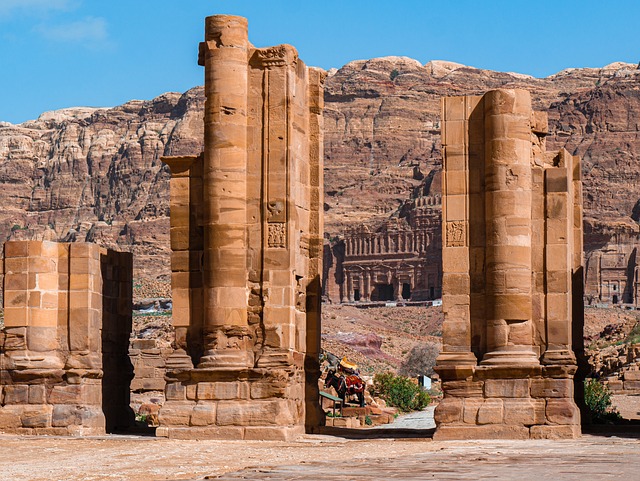The Berlin Wall stands as a powerful symbol of the tensions and divisions that defined the Cold War era. This physical barrier, erected in the heart of Berlin, not only divided a city but also represented the larger ideological divide between the East and West.
In this article, we will delve into the historical context and impact of the Berlin Wall, exploring its construction, life on both sides, international reactions, and eventual fall.
As we uncover the story of the Berlin Wall, we also uncover the story of the Cold War and its lasting effects on the world. Join us as we journey through this pivotal moment in history and understand the significance of the Berlin Wall in shaping our world today.
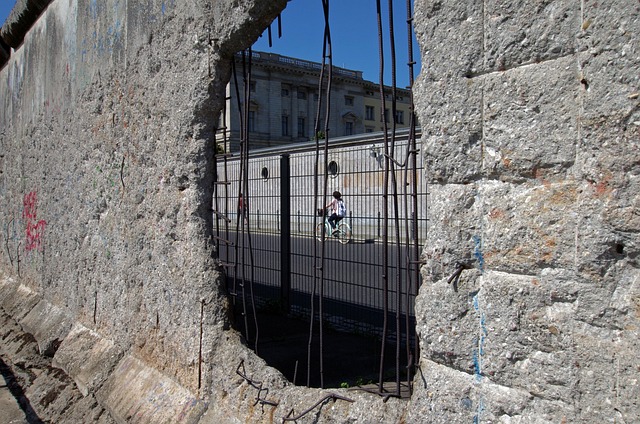
The Construction of the Berlin Wall
The division of Germany after World War II had left the country in a state of political and economic turmoil. The Soviet Union, which controlled the eastern part of Germany, implemented strict communist policies that were in stark contrast to the democratic ideologies of the Western powers. This ideological divide, coupled with the economic disparity between East and West Germany, led to a rise in tensions between the Soviet Union and the United States and its allies.
In the early 1960s, the situation reached a boiling point as thousands of East Germans began to flee to the West in search of better opportunities and freedom. This mass exodus was a major embarrassment for the Soviet Union, which was losing its skilled workforce and intellectuals.
In response, on August 13, 1961, the East German government, with the support of the Soviet Union, began the construction of the Berlin Wall. This physical barrier was meant to prevent East Germans from crossing over to the West, effectively dividing the city of Berlin into two separate entities. The Wall was made up of concrete segments, barbed wire, and guard towers, stretching over 155 kilometers.
The primary purpose of the Berlin Wall was to stop the flow of people from East to West. East Germans were not allowed to leave the country without proper authorization, and those who attempted to flee faced harsh consequences. The border was heavily guarded, with soldiers instructed to shoot anyone who attempted to escape. Despite these measures, many East Germans tried to cross the Wall, often risking their lives in the process. According to estimates, over 5,000 people attempted to escape, and at least 140 were killed while trying to do so.
The construction of the Berlin Wall not only physically divided families and friends but also created a stark contrast between life in the East and the West. West Berlin, with its democratic government and capitalist economy, flourished and became a symbol of freedom and prosperity. Meanwhile, East Berlin, under the strict control of the Soviet Union, suffered from economic hardships and lack of basic freedoms.
The East German government used propaganda to portray life in the East as superior to the West. But in reality, many East Germans longed for the freedoms and opportunities that the West offered. This stark contrast between the two sides of the Wall only intensified the tensions and highlighted the failure of communism.
The construction of the Berlin Wall was met with widespread condemnation from the international community, particularly from the United States and its allies. The Western powers saw it as a violation of basic human rights and a symbol of oppression and tyranny. In response, they imposed sanctions and restrictions on the Soviet Union, further escalating the Cold War.
The construction of the Berlin Wall was a major turning point in the Cold War and had a profound impact on the world at large. It not only physically divided a city but also symbolized the larger divide between the East and the West. It intensified the fear of a potential nuclear war and added to the already existing tensions between the two superpowers.
However, the construction of the Berlin Wall was not the end of the story. In the late 1980s, with the collapse of the Soviet Union and the rise of peaceful protests in East Germany, the Berlin Wall eventually fell on November 9, 1989. This momentous event not only marked the reunification of Germany but also signaled the end of the Cold War and the fall of communism in Europe.
The construction of the Berlin Wall and its eventual fall left a lasting impact on the lives of millions of people. It serves as a reminder of the atrocities of authoritarian regimes and the resilience of those fighting for freedom. The Berlin Wall has become a powerful symbol of the human desire for liberty and serves as a reminder to never take our freedom for granted.
Life on Both Sides of the Wall
The Berlin Wall was not just a physical barrier that divided the city of Berlin, but it also created a stark contrast between the two sides – East and West. The Wall was not just a symbol of political division, but it also had a profound impact on the lives of the people living in East and West Berlin.
On the Western side of the Wall, life was relatively prosperous and free. West Berlin was part of the Federal Republic of Germany, a democratic and capitalist country. The economy was thriving, and people enjoyed freedom of speech, religion, and movement. The streets were filled with colorful buildings, luxurious cars, and bustling cafes. It was a stark contrast to the monotony and strict control under Communist rule in the East.
On the Eastern side of the Wall, life was completely different. East Berlin was part of the German Democratic Republic, a socialist and authoritarian state controlled by the Soviet Union. The economy was struggling, and people faced shortages of basic necessities like food and clothing. The government controlled all aspects of life, including the media, education, and employment. Citizens lived in constant fear of surveillance and repression by the secret police.
The Wall also had a devastating impact on families and loved ones who were separated by it. Overnight, people were cut off from their relatives, friends, and partners who lived on the other side of the Wall. Families were torn apart, and many never got to see each other again. The Wall was a constant reminder of the division and the pain of being separated from loved ones.
Both sides of the Wall used propaganda to portray their way of life as superior. In the East, the government used propaganda to enforce the idea that their socialist system was far better than the capitalist system in the West. They highlighted the benefits of free healthcare and education while painting a negative picture of the West as a society riddled with poverty and inequality. In the West, the government used propaganda to show the stark differences between the two sides and to highlight the repression and lack of freedom in the East.
Despite the stark differences, there were also moments of solidarity and connection between people on both sides of the Wall. Many East Germans risked their lives to escape to the West, and some West Germans helped them by providing shelter and support. This showed that the Wall could not completely divide people and their longing for freedom and unity.
The Wall also had a significant impact on international relations. The construction of the Wall was seen as a clear sign of the intensifying Cold War tensions and the Soviet Union’s control over Eastern Europe. The United States and its allies strongly opposed the Wall and saw it as a symbol of oppression and a threat to global peace. They took measures such as the Berlin Airlift and the installation of their own wall of balloons filled with anti-Soviet messages to show their solidarity with West Berlin and their opposition to the Wall.
International Reactions to the Berlin Wall
The construction of the Berlin Wall in 1961 was met with shock and disbelief by the international community. This physical division of Germany was seen as a symbol of the deepening Cold War tensions between the Soviet Union and the Western powers. The United States and its allies, who had been advocating for the reunification of Germany, were outraged by the sudden and forceful separation of the city of Berlin.
The United States, in particular, strongly condemned the construction of the Berlin Wall. President John F. Kennedy declared, “A wall is a hell of a lot better than a war,” but also stated that the United States was not prepared to accept the division of Germany. In response, the United States and its allies, including France and the United Kingdom, began to increase their military presence in West Berlin as a show of support and solidarity.
The Western powers also took diplomatic measures to express their opposition to the Berlin Wall. The United States, France, and the United Kingdom issued a joint statement condemning the construction of the Wall and calling for the free movement of people and ideas. In addition, they also imposed economic sanctions on East Germany in an attempt to pressure them to tear down the Wall.
The construction of the Berlin Wall also had a significant impact on the United Nations (UN). The UN General Assembly held an emergency meeting to discuss the situation in Berlin, and many member states expressed their concern and disapproval of the Wall. However, the Soviet Union and its allies used their veto power in the United Nations Security Council to prevent any action against East Germany.
The Berlin Wall had a profound effect on the global political climate. The fear of nuclear war increased as the Berlin Wall became a visible symbol of the divided world. The United States and the Soviet Union were engaged in a constant power struggle, and the construction of the Wall further intensified this rivalry.
Despite the international opposition, the Berlin Wall continued to stand for almost three decades. However, as the Cold War began to thaw in the late 1980s, the international community’s stance towards the Wall shifted. The Soviet Union’s reforms and increasing pressure from the West, coupled with peaceful protests by East Germans, led to the fall of the Berlin Wall on November 9, 1989.
The fall of the Berlin Wall was met with jubilation and relief by the international community. It was seen as a monumental moment in world history, symbolizing the end of the Cold War and the reunification of Germany. The removal of the Wall also had a significant impact on global politics, as it marked the beginning of a new era of cooperation and diplomacy between the East and West.
The Fall of the Berlin Wall
After 28 years of dividing a nation and symbolizing the tense divide between two superpowers, the Berlin Wall finally fell on November 9, 1989. The fall of the Wall was a monumental event that not only changed the course of German history but also had significant implications for global politics and the Cold War. In this section, we will explore the events leading up to the fall of the Berlin Wall, its impact on the reunification of Germany, and its lasting legacy.
The Fall of the Berlin Wall was the result of years of rising tensions and mounting pressure from the people of East Germany. Since its construction in 1961, the Wall had been a symbol of oppression and separation for the citizens of Berlin. The strict border controls and harsh consequences for those who tried to escape had only intensified the desire for freedom among the people. In the late 1980s, a wave of political and economic changes known as “perestroika” and “glasnost” swept through the Soviet Union under the leadership of Mikhail Gorbachev. This led to a loosening of restrictions and an increase in political freedom, which emboldened the citizens of East Germany to demand the same.
The fall of the Berlin Wall was not a single event, but a culmination of events that took place over several months. It began with peaceful protests and demonstrations in East Berlin, demanding political reform and free elections. The government responded with force, leading to several clashes between protesters and the police. However, these protests only grew in size and intensity, with thousands of people taking to the streets every day. The pressure from the people and the changing political landscape in the Soviet Union forced the East German government to make concessions.
On the evening of November 9, 1989, an official government spokesperson announced that East German citizens would be allowed to travel freely to West Germany. This news spread like wildfire, and within hours, thousands of people flocked to the Wall, demanding to be let through. The border guards, who were not informed of this decision, were overwhelmed and eventually gave in to the pressure from the crowds. They opened the checkpoints, and people began to cross over freely, marking the end of the Berlin Wall and the beginning of a new era.
The fall of the Berlin Wall had a profound impact on German history. It paved the way for the reunification of Germany and the end of the Cold War. The two German states were officially unified on October 3, 1990, and the Wall was dismantled, symbolizing the end of division and the beginning of a new united Germany. The fall of the Wall also had significant implications for global politics, as it marked the collapse of the Soviet Union and the end of the Cold War. The United States and its allies saw this as a victory for democracy and a defeat for communism.
Today, the Berlin Wall stands as a reminder of the struggle for freedom and unity. It has become a symbol of the power of the people to bring about change and the strength of the human spirit to overcome oppression. The fall of the Wall also serves as a lesson for future generations to learn from, reminding us of the consequences of division and the importance of working towards a more united world.

The Legacy of the Berlin Wall
The fall of the Berlin Wall on November 9, 1989, marked the end of a dark chapter in world history. For 28 years, the Wall stood as a physical and symbolic divide between East and West Berlin, symbolizing the deep divide between the Soviet Union and the Western powers during the Cold War. While the Wall is no longer standing, its legacy continues to shape the world we live in today.
Firstly, the Berlin Wall serves as a reminder of the atrocities committed by authoritarian regimes. The construction of the Wall was a blatant violation of human rights, as it separated families, friends, and loved ones, and restricted the freedom of people to travel and live where they wanted. The Wall also served as a symbol of the iron grip that the communist government had on its citizens, with strict border controls and harsh consequences for those who attempted to escape. It is estimated that over 100,000 people were arrested while attempting to cross the Wall, and at least 136 people lost their lives in the process. The legacy of the Berlin Wall serves as a reminder to never take our freedoms for granted and to stand against any form of oppression.
Secondly, the fall of the Berlin Wall marked the beginning of a new era of global politics. The collapse of the Soviet Union and the reunification of Germany were significant events that paved the way for a more interconnected and interdependent world. The fall of the Wall also signaled the end of the Cold War and the beginning of a new world order. The legacy of the Berlin Wall reminds us of the power of peaceful protests and the potential for change when the people unite against injustice.
Moreover, the legacy of the Berlin Wall continues to inspire and unite people around the world in their fight for freedom and democracy. The Wall has become a symbol of hope and resilience, representing the triumph of the human spirit over oppression and division. The images of people from both sides of the Wall celebrating and embracing each other after its fall are a powerful testament to the universal desire for unity and peace. The legacy of the Berlin Wall reminds us that no wall or barrier can truly divide people who are determined to come together.
In addition, the Berlin Wall continues to be a popular tourist destination, with millions of visitors each year. It serves as a reminder of the past and a tribute to those who suffered during its existence. The remaining sections of the Wall, covered in colorful graffiti and murals, stand as a symbol of the resilience and creativity of the human spirit.







